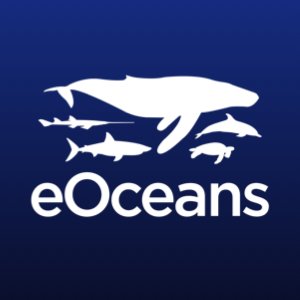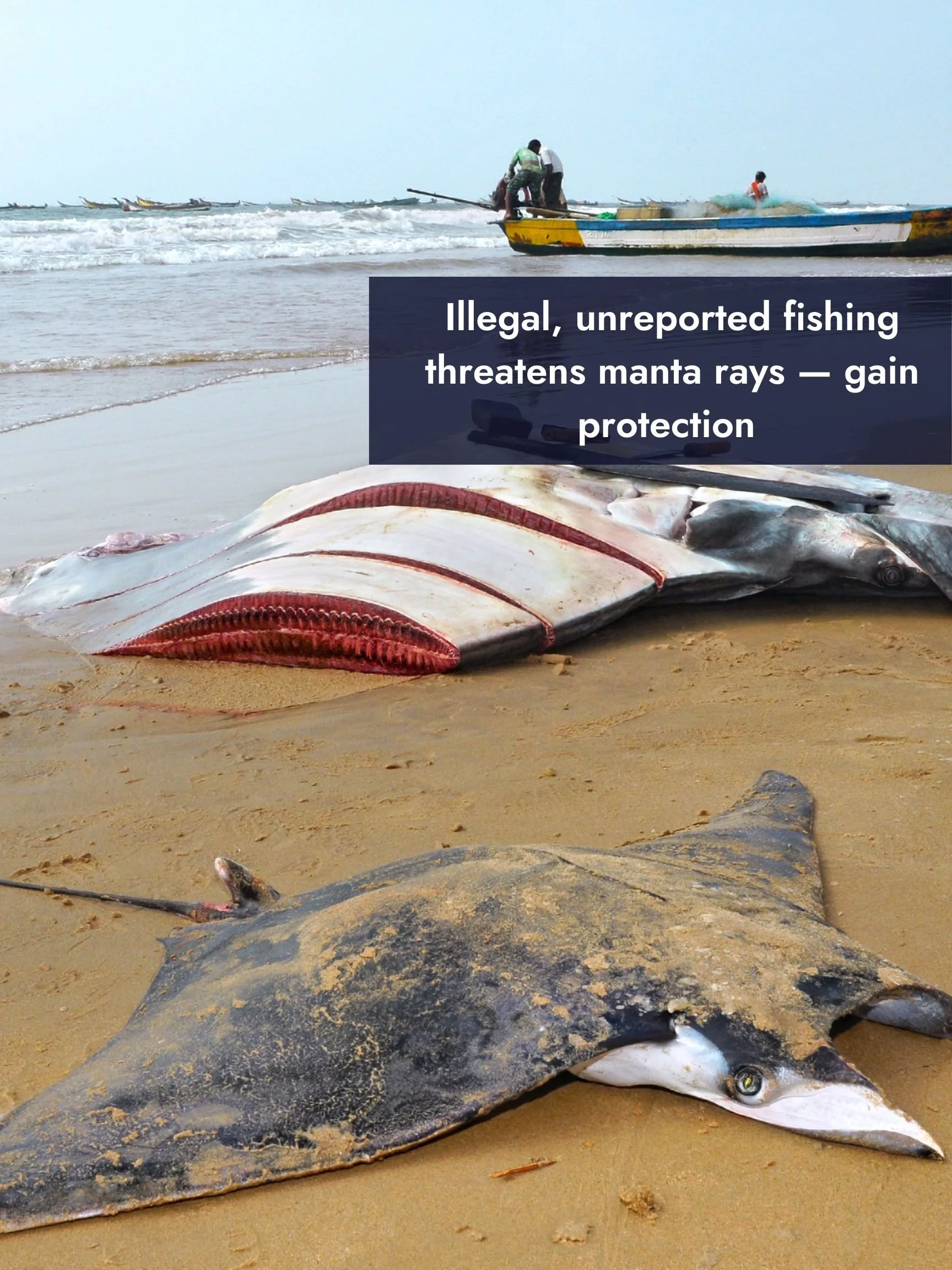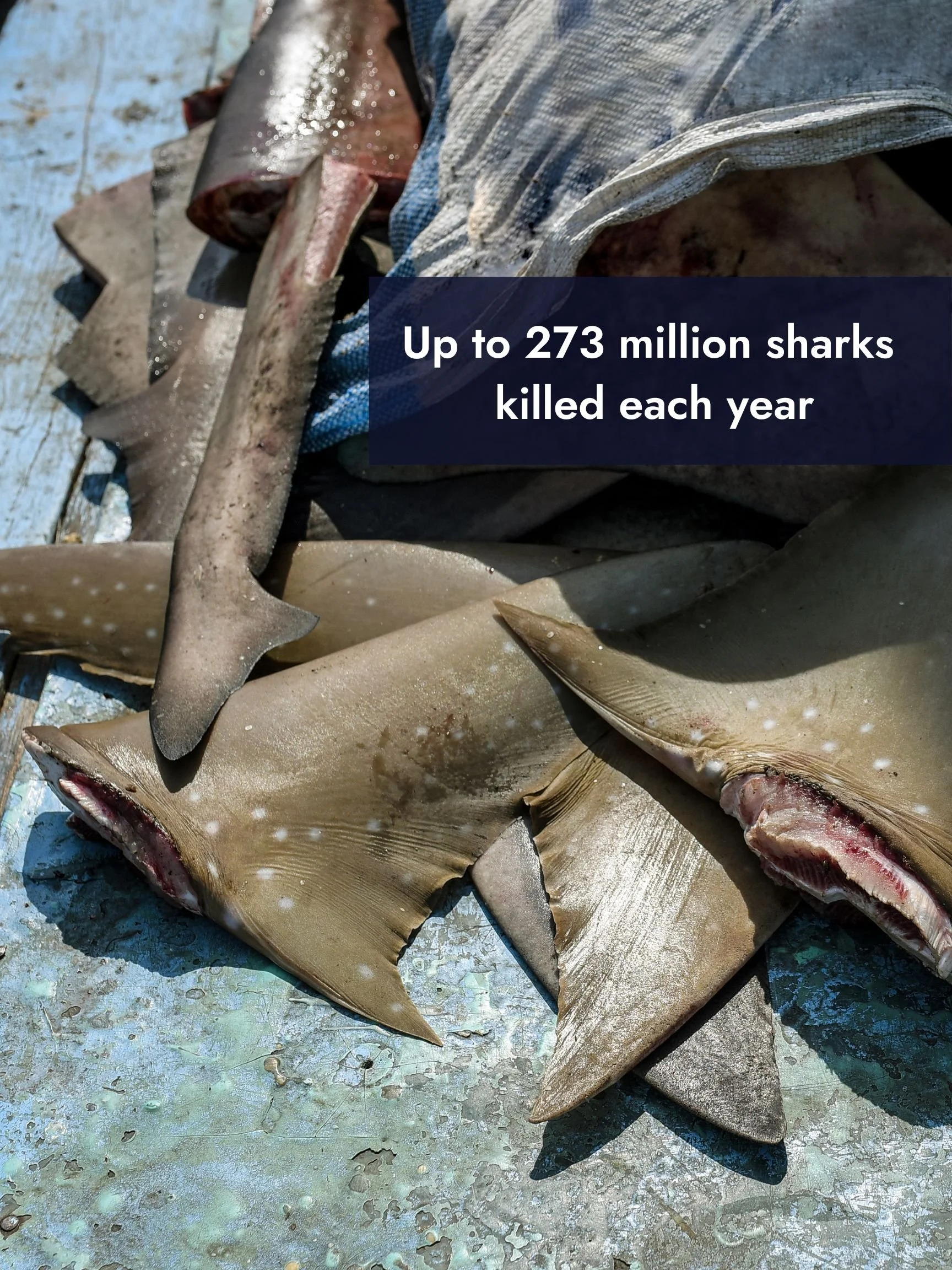The Global Shark and Ray Project — eShark
Together with divers and other observers around the world, we’ve been tracking sharks and rays with their threats and values, ensuring informed decisions are made for their survival and recovery. Our publications have helped guide shark conservation through Shark Sanctuaries, fishing policies, marine protected areas, CITES listings, and more. Check out highlights below.
Impact to-date
166,855 shark & ray sightings
14,437 sites
22+ million sharks & rays saved
Shark and ray dive observations that fed into the published studies listed below.
Some of our most far-reaching papers include:
Join eShark in the eOceans app and start logging your dives, reporting any shark and ray observations, to help make an impact today.
There is a lot to learn about sharks!
Sharks, rays, skates, and sawfish — combined they are ‘Elasmobranchs’ — are an highly diverse group fish that are specialized to their specific environments. They are different sizes and shapes, occupying a diverse range of habitats with varying ecosystem roles. Some are valued by humans for tourism, fisheries, aquaria, etc.
Due to their diversity, it is impossible to make blanket statements about sharks and rays — their role in the ecosystem, social values, population status, and threats.
However, an abundance of research around the world has shown that many species face significant threats from overfishing, habitat degradation, and climate change. Some populations have experienced severe declines, removing their ecosystem role and threatening their existence.
Monitoring and conservation efforts are crucial to address these challenges and ensure the long-term health and sustainability of shark and ray species worldwide.
That’s why we collaborate to gather data!
This work began with the Global Shark Assessment, spearheaded by the late Ransom A. Myers.
In the early years, our work focused on the value and limitations of using scuba divers observations for tracking shark and ray populations.
With the help of ocean divers and explorers around the world, we learned that divers with just 20 dives in their lives can detect and count sharks just as well as an expert. We learned that species ID is hard for everyone, especially when its a rare species that looks similar to something else, and that no one is good at identifying everything.
Through computer simulations, we found that high effort and the roving diver technique (go where you want to go!) — not the traditional belt transects or stationary point count techniques — were needed to not only detect sharks and rays, but also to get a reasonable estimate of their relative abundance and biomass.
Using divers’ observations, we found that coastal sharks were absent where there were more than 100 humans living nearby — the only exception in the Caribbean was the Bahamas, which supported the creation of the Bahamas Shark Sanctuary.
This work led to eShark, eManta, the Great Fiji Shark Count, eShark Thailand, Shark Sanctuary Evaluations, the ‘100 million sharks are killed each year’ study, and much more.
This work extended to influencing the establishment of 17 Shark Sanctuaries covering an expansive 15 million sq km, provided support for RedList status evaluations of a number of species, and has played a crucial role in supporting trade restrictions for 149 shark and ray species across 184 countries. These efforts collectively contribute to safeguarding marine habitats and ecosystems on a global scale.
Across all these Shark Sanctuaries and trade restrictions, with successful enforcement, we estimate that 22 to 97 million sharks and rays are saved each year.
Dr. Ward-Paige collected observations from scuba divers, which showed that manta rays are caught and sold in markets around the world — despite only two countries reporting catching them. This helped them get needed protection. View paper
Dr. Ward-Paige co-authored the first guide to Responsible Shark and Ray Tourism — highlighting the importance of participatory and citizen science in shark and ray diving and conservation. Download PDF
Dr. Ward-Paige co-authored the highly cited study which revealed that up to 273 million sharks are killed in fisheries each year (average was 100 million). More info View paper
We’ve accomplished a lot together, already!
103 million sharks die every year (eShark and eOceans® with Dalhousie University)
Sharks in Fiji are Diverse, Abundant, Follow Seasonal Patterns, Some Concerns for Future Populations (eShark project, with eOceans® and the Great Fiji Shark Count)
Sharks are Largely Absent throughout the Caribbean (Global Shark Assessment + eShark project, with eOceans® and Dalhousie University)
Shark Sanctuaries Can Help Protect Sharks and Rays in Some Cases (Shark Sanctuary Evaluation project, with eOceans® and Dalhousie University)
Global Manta Ray Populations are Threatened by Humans (eManta project, with eOceans® and Dalhousie University)
Shark Populations Show Little Signs of Recovery Despite Increased Protection (eShark project, with eOceans)
Poorly Executed Visual Censuses Artificially Inflate the Density and Biomass of Top Predators, Leading to Perceived Inverted Biomass Pyramids (eShark project, with eOceans® and Dalhousie University)
Sharks Remain Present in Thailand Despite High Fishing Pressure and Limited Protection, Future is Precarious (eShark Thailand project, with eOceans® and Shark Guardian)
Yellow Stingray Populations Show Widespread Decline Throughout the Caribbean (eShark project, with Dalhousie University)
Different Sharks Can Coexist in the Same Area by Selecting Microhabitats, Possibly Reducing Competition (eShark project, with eOceans® and NOAA)
Sharks Are Economically Valuable for Both Fishing and Tourism (eShark project, with eOceans® and the Great Fiji Shark Count )
Tourism Industry has an Important Role to Play Shark Conservation, Governance and Management
Tourism Can Play a Key Role in Sustainable Shark & Ray Watching (eShark project, with eOceans®, Manta Trust, WWF)
Some outcomes of this work include:
Divers and snorkelers have committed to sharing their observations with us, which has had significant value for sharks and rays.
















